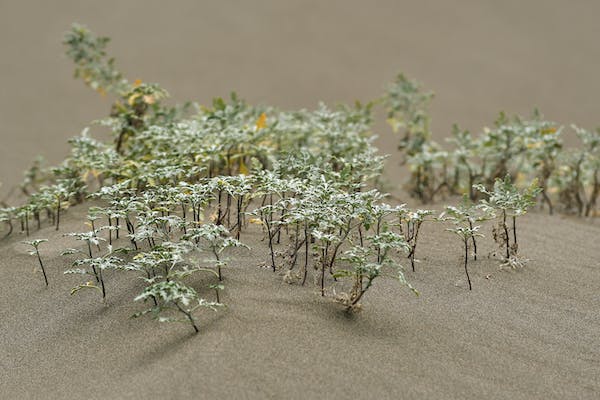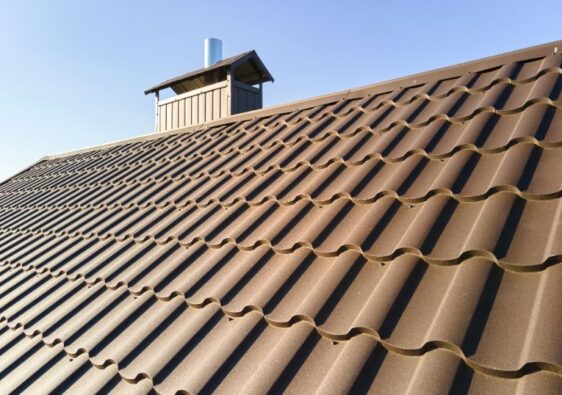
DIY Tree Care Mistakes to Avoid for a Thriving Landscape
Trees are an important part of your landscape, providing shade, beauty, and increased property value. However, like any plant they require proper care to thrive.
If not properly cared for, trees can die and become a safety hazard. Avoid making these common DIY mistakes to ensure your trees flourish for years to come.
1. Incorrect Pruning
Pruning is not just a matter of pulling out your pruning shears and going to work. It is a process of careful, thoughtful cutting that requires a clear view of what you want your plant to look like and how it can best accomplish its purpose in the landscape.
Pruning can be a big project for the average homeowner, and large shade trees should only be pruned by qualified arborists or tree care professionals, such as Tallahassee Tree Service. Improper pruning can be extremely harmful to a tree or shrub and is difficult to reverse.
For example, removing too many interior branches can prevent the plant from performing photosynthesis and stunt its growth. Removing too many leafy limbs at one time can also elongate healing and create wounds that can invite the onset of disease.’
2. Overwatering
Trees are a valuable addition to any landscape, but like other plants, they need proper care to thrive. Trees that are not well-cared for or regularly monitored can suffer from an array of problems including disease, insect infestations, and poor growth.
Overwatering is one of the most common mistakes when it comes to DIY tree care, especially in clay soils. Too much water can suffocate a tree’s roots and drown young trees. It is important to consider rainfall, species of plant, periods of drought, and mulching when determining how often and how much water to apply to your landscape.
Adding an extra layer of soil over the roots can disturb the root zone and block the flow of nutrients and water. Jamie recommends leaving a generous amount of space around the roots and using loose, coarse mulch.
3. Neglecting Mulching
Mulching helps retain soil moisture, suppresses weeds, and regulates soil temperature. However, mulch that’s too deep can suffocate tree roots and promote fungal diseases. Similarly, mulch that’s too close to the base of plants and trees can cause rot, promote insect infestations, and block water infiltration.
Avoid “volcano mulching” by creating a donut of mulch around the base of newly planted trees and shrubs. Keep the mulch at two to three inches thick and pull it a few inches away from the trunk base.
Always plant woody plants at or slightly above ground level to prevent root disturbance. The point where bark tissue meets root tissue is called the “root flare.” Leaving this area exposed safeguards against rot and invites airflow that can disperse pests and pathogens.
4. Improper Planting
Trees add beauty to a landscape and provide year-round interest with blossoms in spring, shady canopy in summer, and vibrant leaves and fruit in fall. However, these magnificent living organisms need proper care to thrive.
Performing DIY tree care without adequate technical proficiency, safety protocols, and a thorough knowledge of trees can lead to costly damages or even life-threatening injuries. Furthermore, improper pruning or trimming can weaken a tree and expose it to disease and pests.
Perhaps the most common DIY mistake when it comes to tree care is planting a tree too deep. If the graft, or where the trunk flares to meet the roots, is buried too deeply it will lead to stunted growth, root rot, and premature death. To avoid this problem, dig a hole that is wider and shallower than the root ball.



